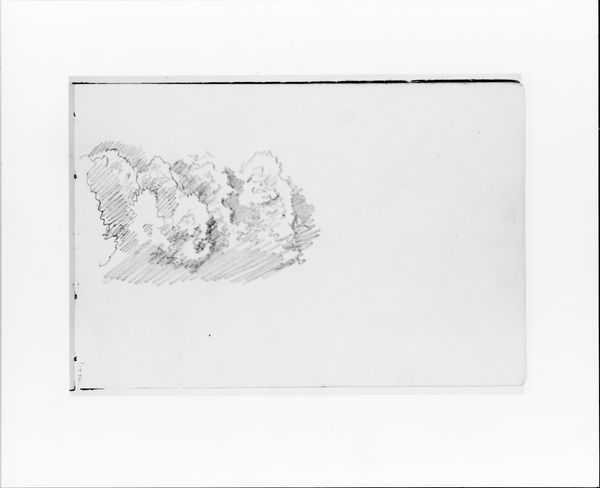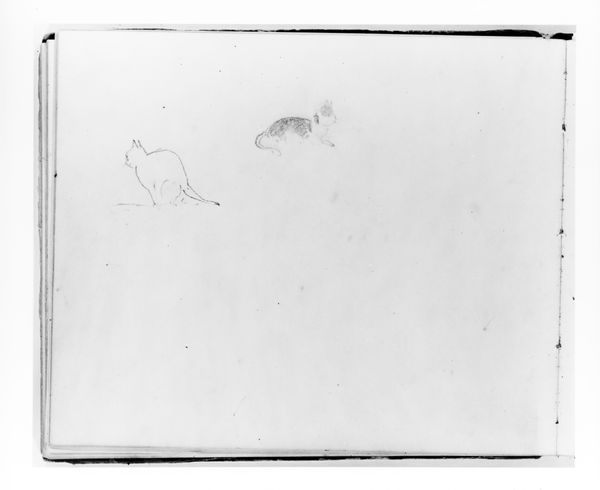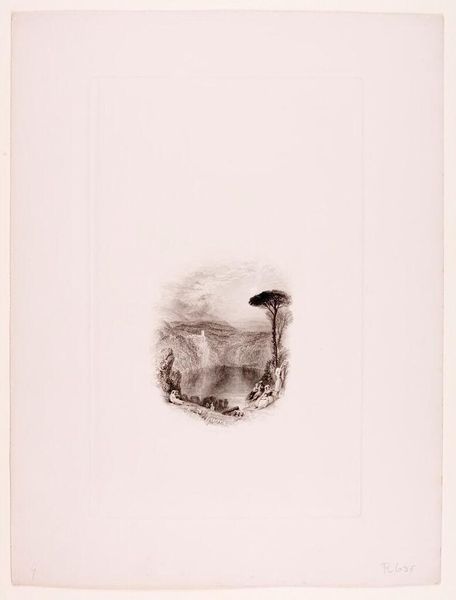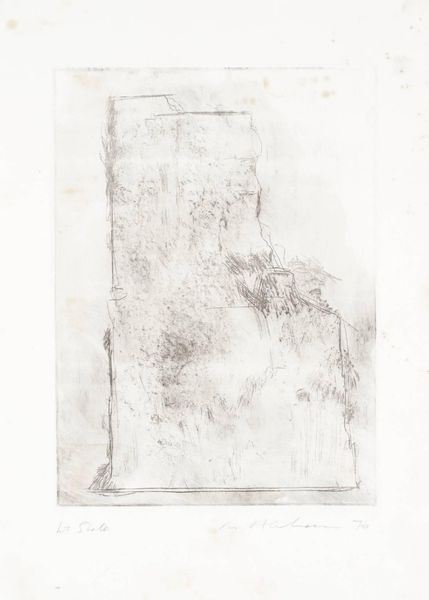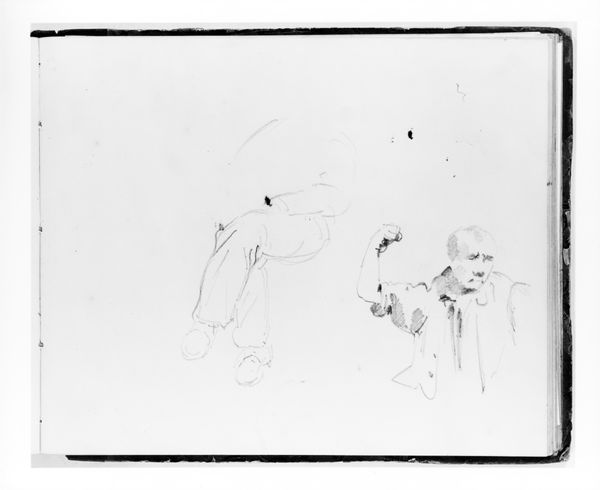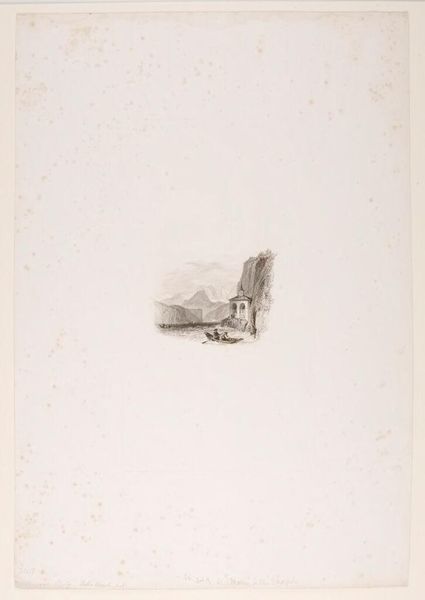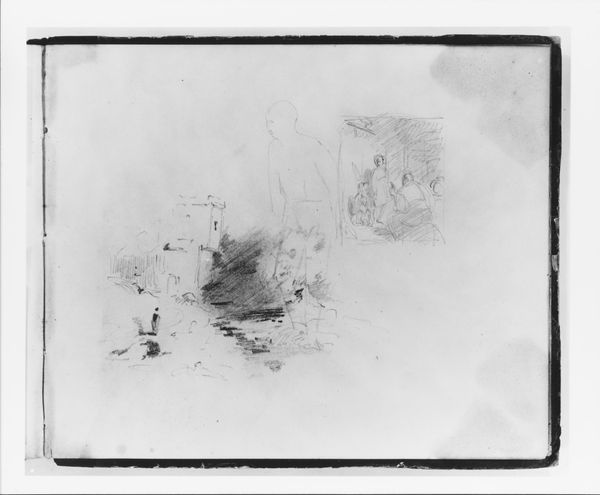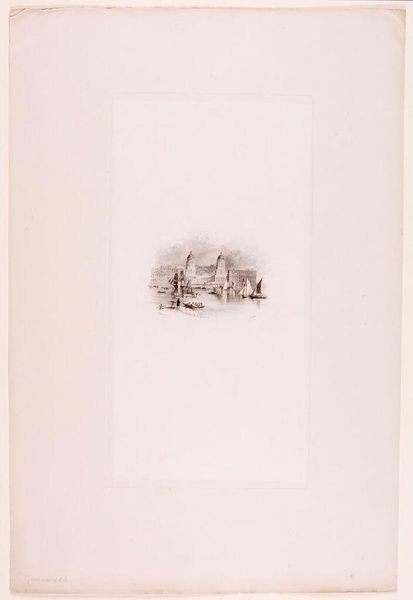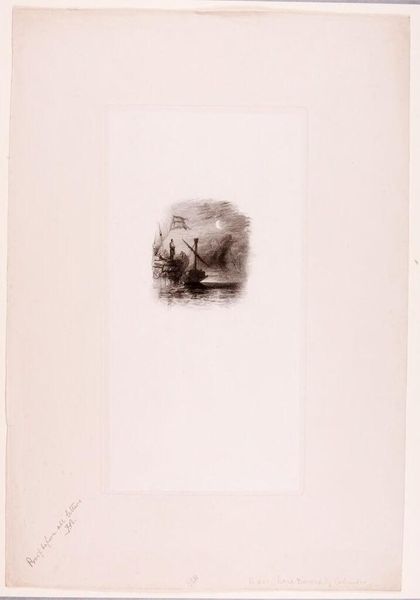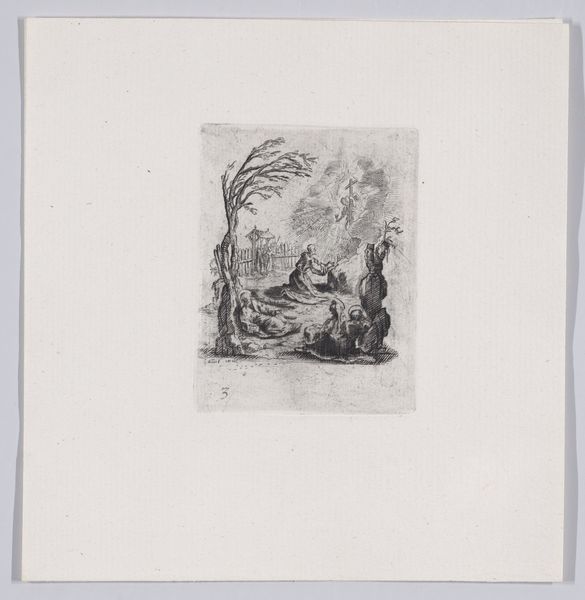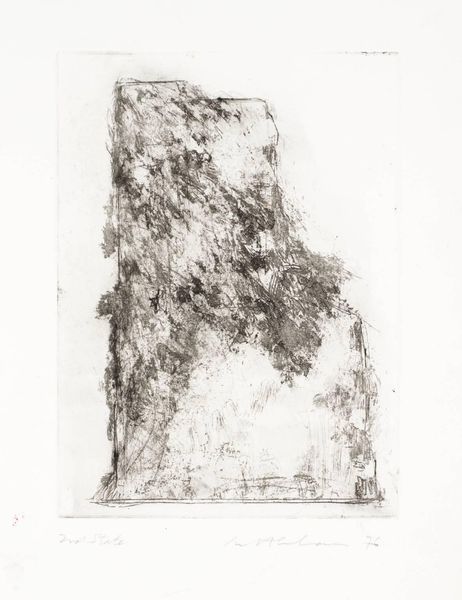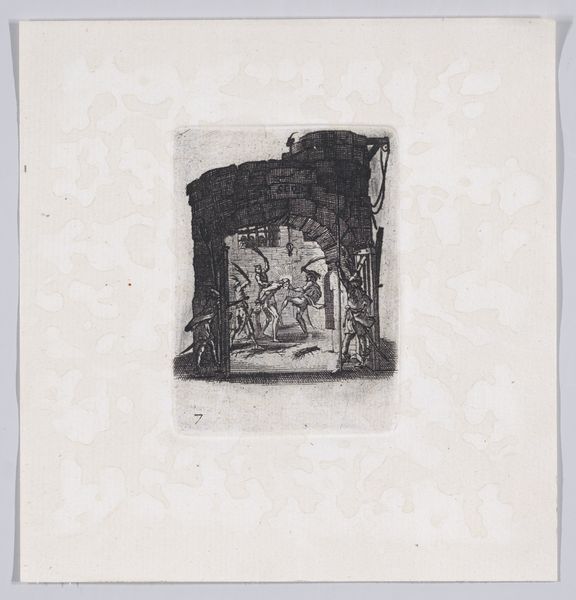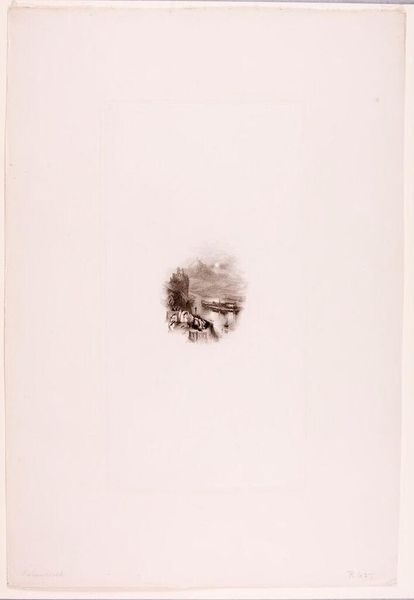
drawing, paper, pencil
#
drawing
#
neoclacissism
#
paper
#
form
#
pencil
#
line
Dimensions: 7 1/4 x 9 in. (18.4 x 22.9 cm)
Copyright: Public Domain
Curator: A delicate thing, isn’t it? At first glance, seemingly so fragile in its construction. Editor: Agreed. The spare use of line and subtle shading makes this drawing, a pencil on paper, appear almost spectral. I understand that this study, called "Capital (from Sketchbook)," was created sometime between 1834 and 1838 by John William Casilear. Can you provide some context? Curator: Certainly. Casilear was deeply influenced by the Neoclassical movement. We see a manifestation of this in his pursuit to capture idealized forms derived from classical antiquity and the Renaissance. He deconstructs this architectural feature to focus entirely on pure geometrical structure. Observe how light and shadow interplay to define form, reducing the subject to its most fundamental essence. Editor: It's an interesting point that it removes all grandeur, then; given it's a capital. Where would you situate the role of these historical buildings? Curator: Buildings of a grand historical significance during this period would have provided stability after major socio-political change; to reflect it would be to embrace power and a strong statehood. But what’s interesting is what Casilear chooses *not* to represent. He doesn't depict a bustling cityscape or imbue it with any sort of allegorical meaning. It's an artistic decision that divorces the capital from its usual associations with authority. He offers a decontextualized look, which becomes really thought-provoking once considered. Editor: Absolutely, this abstraction can allow the observer to focus on the formal quality itself; however, these visual features may inadvertently remove this capital from its socio-political associations of power and status. Curator: Exactly. One has to think whether it becomes a relic from the past— Editor: —or does its abstraction imbue the shape with a newfound meaning? Fascinating how artistic focus can redirect, sometimes undermine, cultural symbols. Curator: It reminds us of the power within the architectural designs, if broken down into individual components, rather than viewing the greater structure. Thank you for that discussion. Editor: Likewise, the perspective offered helps provide clarity in how architecture plays a part in reinforcing ideology.
Comments
No comments
Be the first to comment and join the conversation on the ultimate creative platform.
